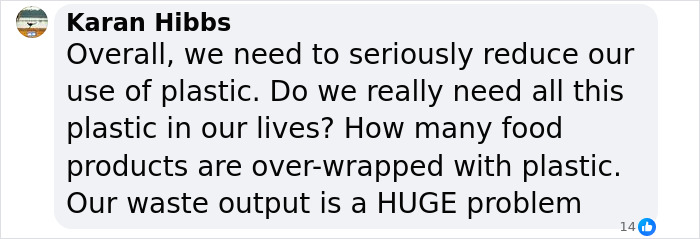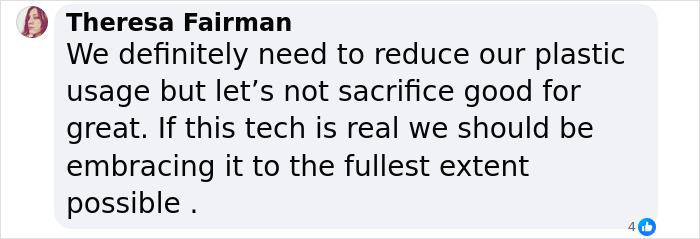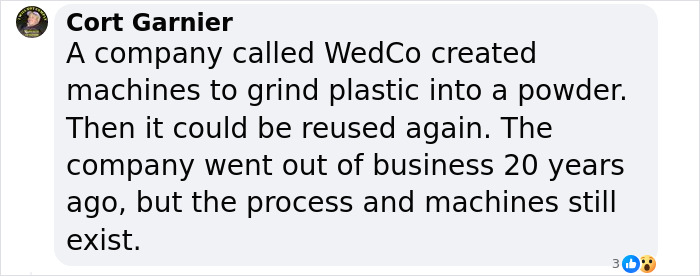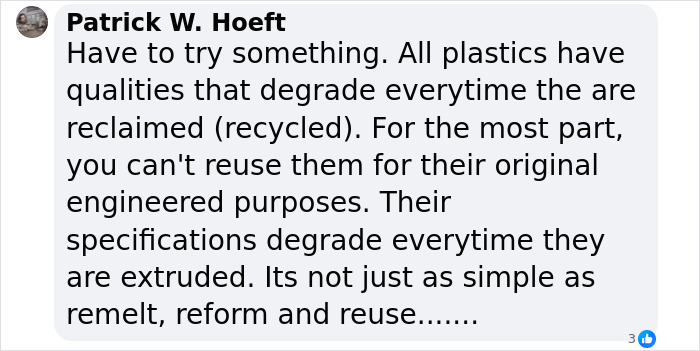Plastic waste is definitely one of the biggest issues our planet is facing today.
According to Statista, humans currently produce more than 350 million metric tons of plastic waste per year and if no radical changes are made, global plastic waste generation is projected to triple by 2060. Yet advanced recycling might bring the long-awaited solution.
More info: Recycling Magazine
Advanced recycling provides a solution for plastic waste to be recycled over and over again
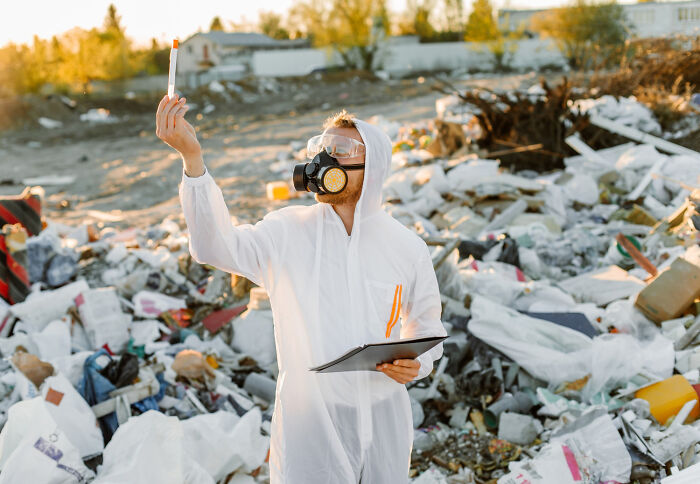
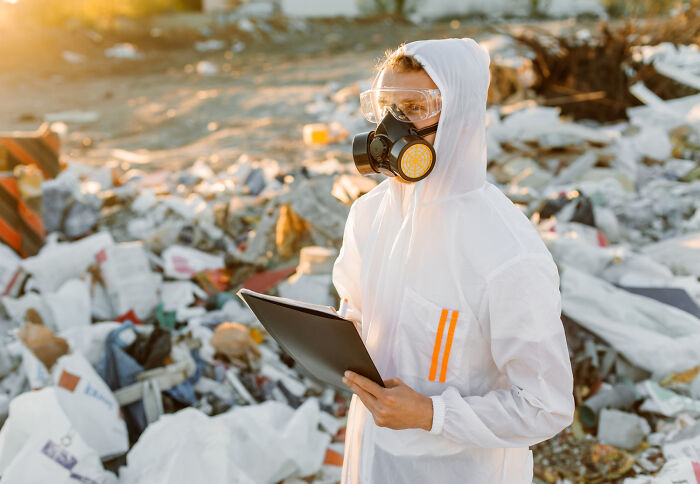
Since the 1950s, humans have produced over 10 billion tons of plastics and more than 8 billion tons of that has ended up as waste. Sadly, only less than 10 percent of the plastic we use is recycled, and there’s currently an estimated 100 million tons of plastic in our oceans around the world that sometimes end up as huge floating plastic islands like the Great Pacific Garbage Patch.
“We all knew there was a rapid and extreme increase in plastic production from 1950 until now, but actually quantifying the cumulative number for all plastic ever made was quite shocking,” says Jenna Jambeck, environmental engineer from the University of Georgia, who’s studying plastic waste in the oceans.
Plastic takes more than 400 years to degrade, so most of it still exists in some kind of form. Therefore, a fast solution is needed and advanced recycling may be one of them.
It can do so much better for the environment than any other recycling technologies because it works not mechanically, but chemically. While, for example, mechanically recycled wastes lose their quality with each cycle until they are no longer good for anything, plastic made from advanced recycling can be infinitely recycled without any loss in quality or performance.
“Plastic can go back to virgin over and over and over again,” says Bill Cooper, who works at Cyclyx International, a plastics recycling technology company in Portsmouth, New Hampshire.
The most mature of the advanced recycling technologies is called pyrolysis
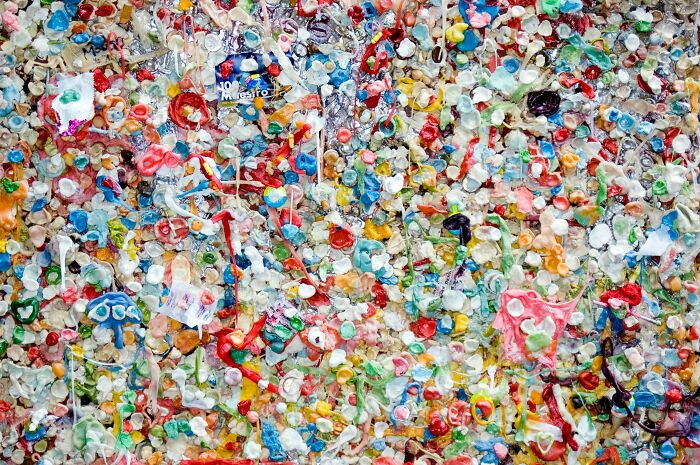
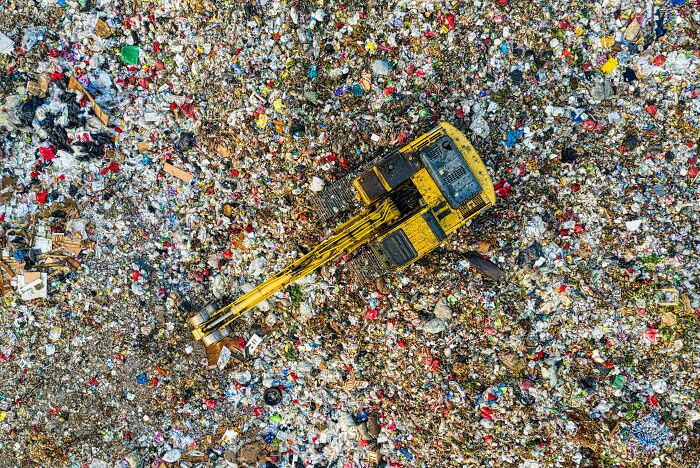
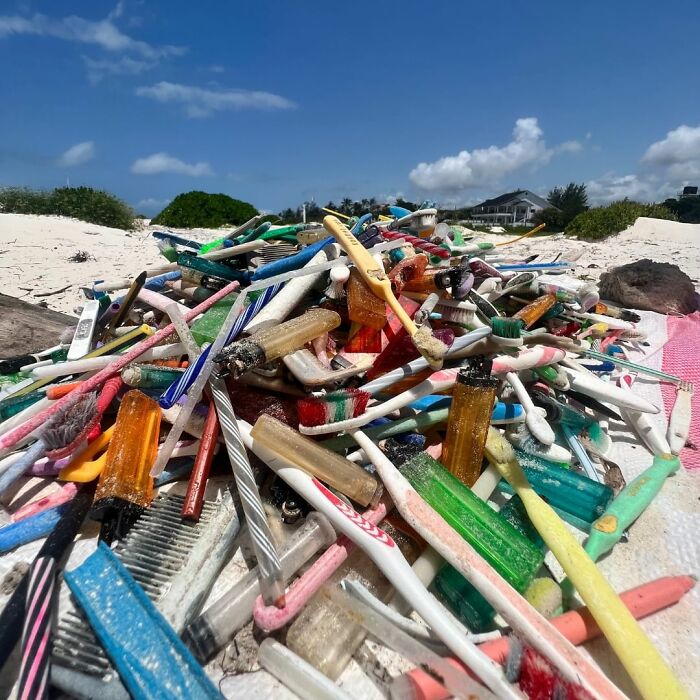
One of the leading methods of advanced recycling is called pyrolysis, which is the application of heat upwards of 500°C in the absence of oxygen to break down plastics into their component parts. Usually the end products of such method are oils, diesel, naphtha, waxes and monomers as well as “syngas” that are a mixture of carbon monoxide and hydrogen, which can be built back up into a multitude of useful chemicals.
The other method that is a longer and more energy-intensive process than pyrolysis is gasification. Yet it has the advantage of being more scalable. According to data from the nova-Institute, a large pyrolysis plant produces about 40,000 tonnes a year, whereas gasification sites can do five times as much.
“The world has evolved very significantly, and today, advanced recycling is in the business of creating a feedstock that will create new plastic,” explains Joshua Baca from the American Chemistry Council (ACC). According to the nova-Institute, this includes not only plastic but also “secondary valuable chemicals”, which are used instead of virgin chemicals extracted from crude oil.
At the moment, Europe is considered the global leader in advanced recycling. There are over 100 advanced recycling technologies either in operation or development within the 27 countries of the EU plus the UK, Switzerland and Norway.
Advanced recycling might be a solution, yet still uses energy and, unlike mechanical recycling, has the potential to generate toxic waste, therefore gets lots of criticism from people.
“The public is upset,” says Kate Bailey from the recycling company Eco-Cycle in Boulder, Colorado. “They don’t trust what’s happening with recycling, particularly around plastics, and they no longer believe this mantra of ‘plastics are all recyclable, just collect them and we’ll sort them out’,” she adds.
Yet Joshua Baca still sees advanced recycling as a promising solution for the better future: “Plastic has played a critical role in making modern life possible. And thanks to advanced recycling, we could keep on living modern lives. If it fulfills its potential, 90% of what isn’t recycled today could be channeled back into plastics production.”
Advanced recycling technologies are developing at a fast pace, promising a brighter future for our polluted world
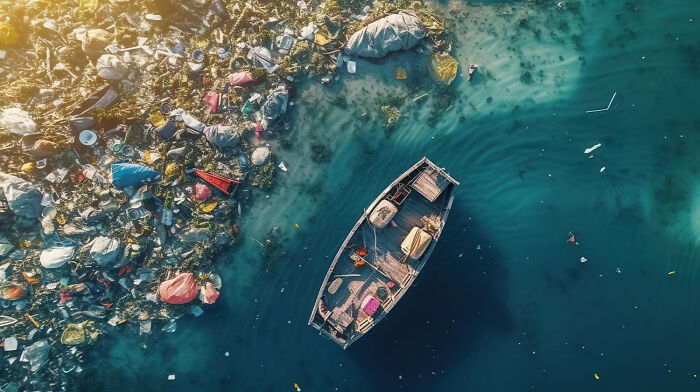
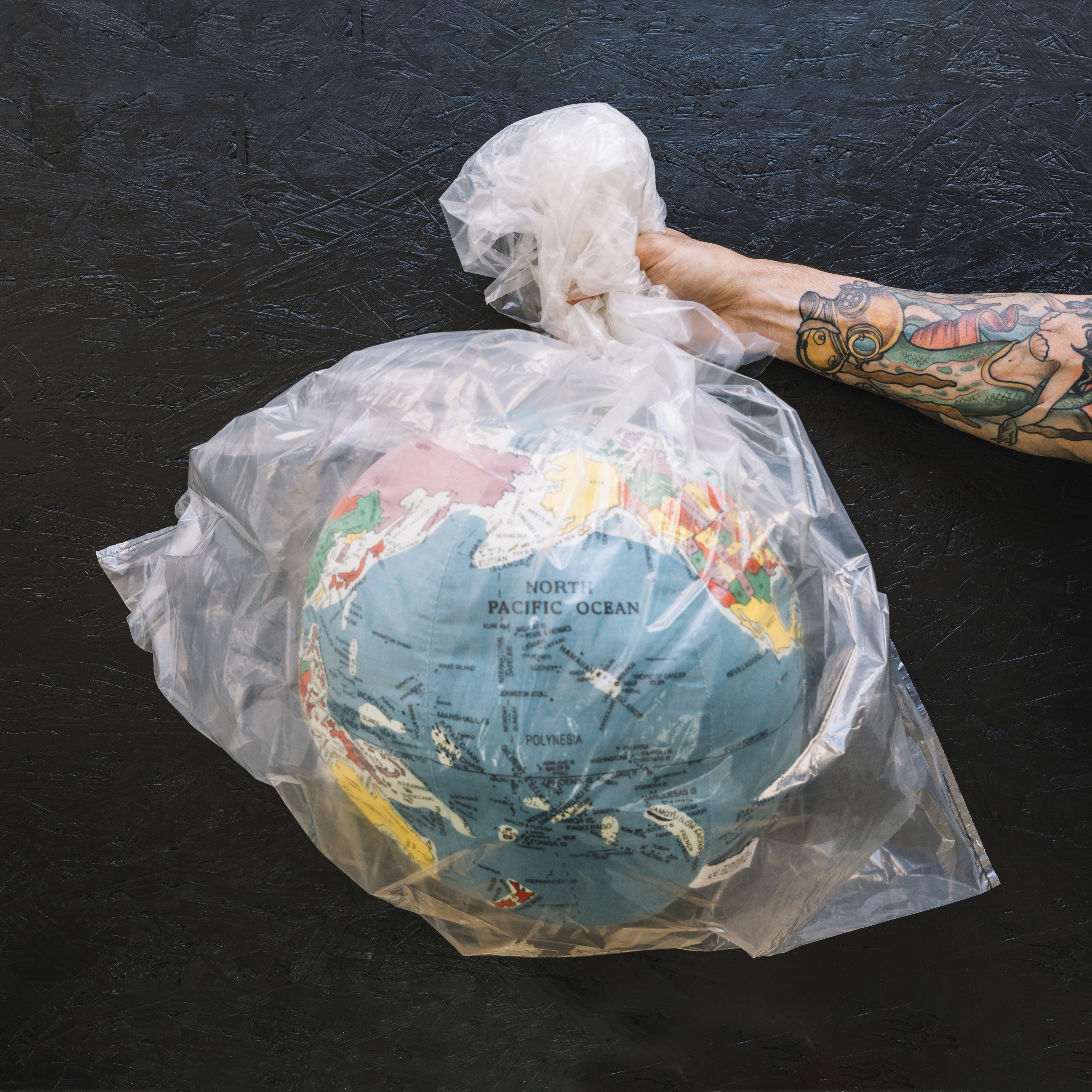
Image credits: freepik
While scientists all around the globe are working on the circular economy for plastic waste, artists invite us to rethink our relationship with it.
One of them is Artur Bordalo, better known as Bordalo II. The Portuguese street artist, who likes to describe himself as an artivist, usually works with large installations and murals made from plastic waste. His artworks transmit the urgent message about our destructive and materialistic society that puts in danger all the species and nature that surround us. Since 2012, the artist has created around 200 animal sculptures using over 60 tons of trash.
“‘One man’s trash is another man’s treasure’. I create, recreate, assemble and develop ideas with end-of-life material and try to relate it to sustainability, ecological and social awareness,” says Bordalo on his website. 88 artworks across 3 continents and 18 countries, such as Azerbaijan, United Kingdom, Germany, Brazil, Norway, United States, Switzerland, Italy or Portugal, are spreading awareness of waste production, non-reusable materials, pollution and their effects on our planet.
Humans produce more than 350 million metric tons of plastic waste per year which makes plastic the most dangerous predator nowadays
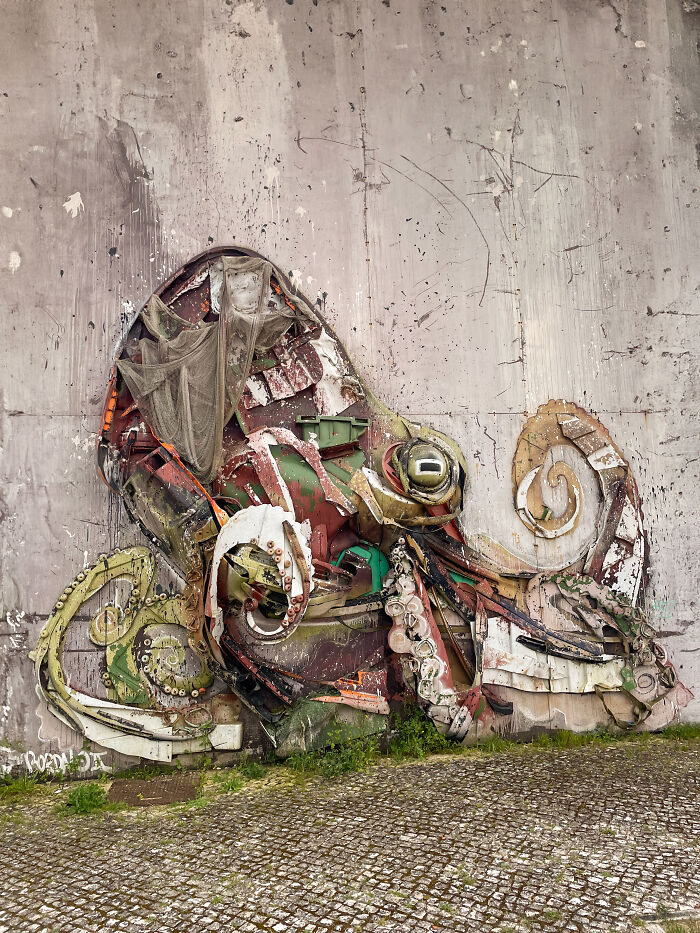
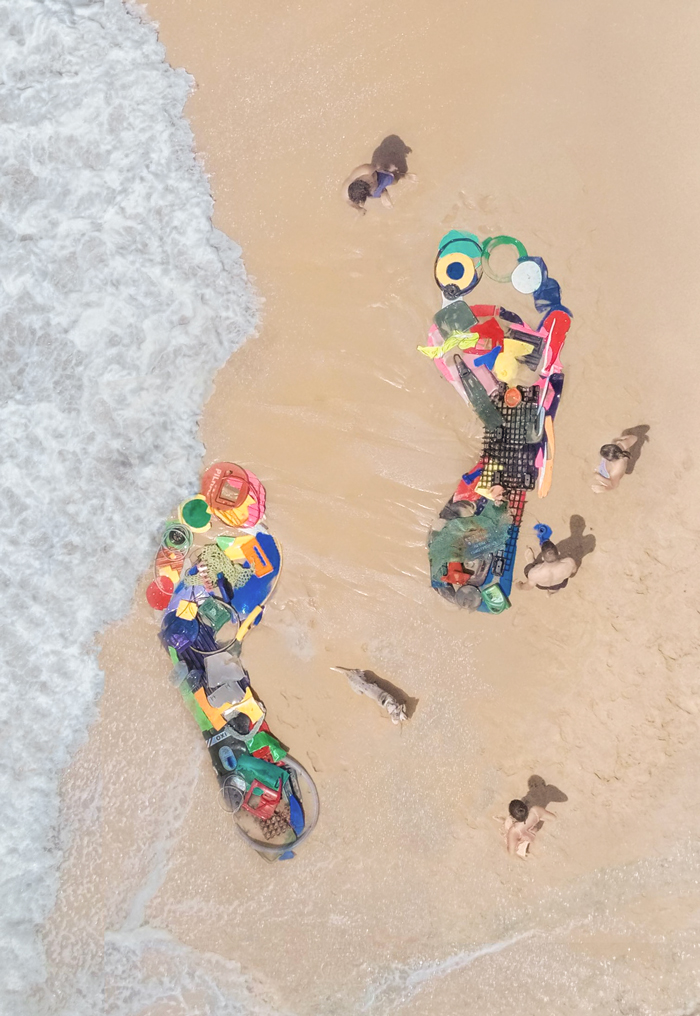
Image credits: Bordalo II (Human Steps – Plastic Feet)
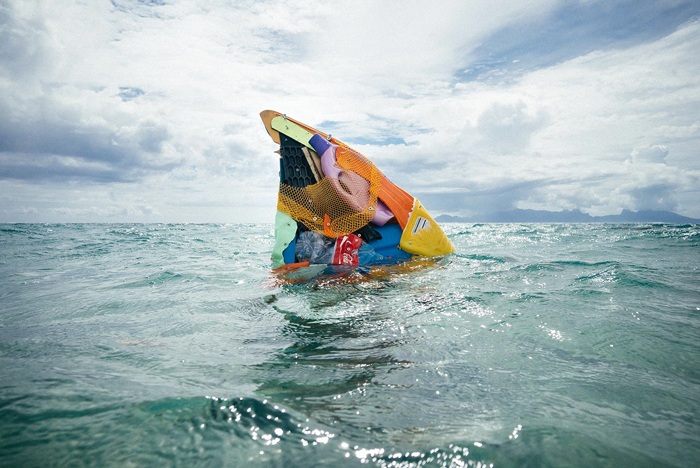
Image credits: Bordalo II (The Worlds Most Dangerous Predator – Plastic)
Another beautiful artistic example could be the company Ocean Sole, which, as they say, turns pollution into flip-flop artworks. This social enterprise that recycles washed up flip-flops found along beaches and waterways is raising visual awareness of plastic waste all around the globe.
Ocean Sole is all about the community – the company provides steady income for nearly 100 Kenyans in a country that has over 40% unemployment. The company aims to recycle a million flip flops a year and over one tonne of styrofoam a month.
“The ocean is not only home to the majority of life on earth, but it is also responsible for around 70% of the oxygen we breathe, absorption of carbon dioxide, climate regulation, and much more. Despite this significance, millions of tons of plastic waste end up in the ocean each year. At Ocean Sole, we turn discarded flip flops into art – creating visual representation of this crucial issue. In turn, jobs are created and our planet is cleaner!” shares the company on their social media.
If advanced recycling fulfills its potential, 90% of what isn’t recycled today could be channeled back into plastics production
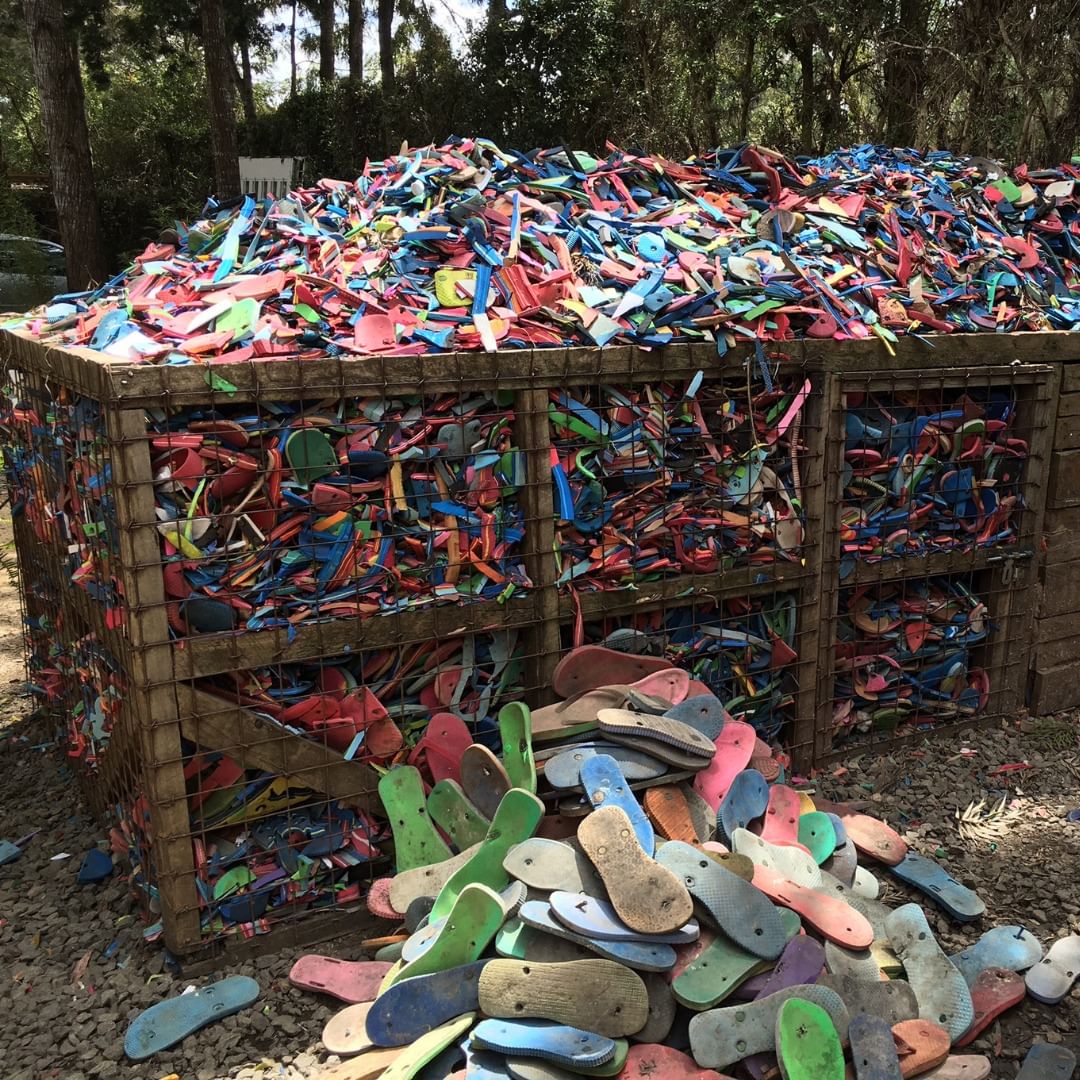
Image credits: Ocean Sole
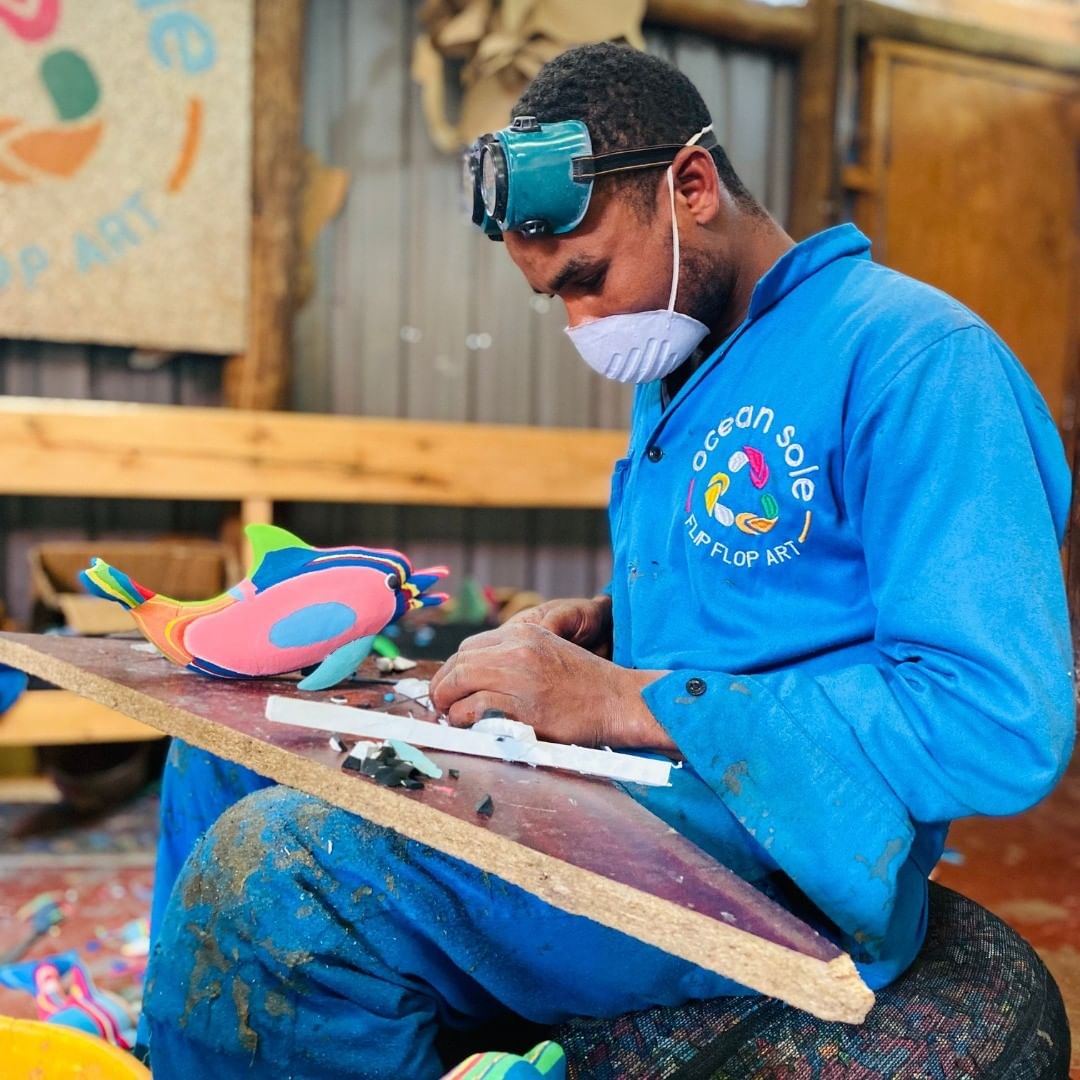
Image credits: Ocean Sole
Image credits: Ocean Sole
Production and development of thousands of new plastic products accelerated after World War II, and hasn’t stopped since. The numbers are truly shocking and horrifying: from 2.3 million tons in 1950 to 448 million tons by 2015 and the production is expected to double by 2050.
Besides the bright side of plastics that revolutionized medicine with life-saving devices, made space travel possible, and lightened cars and jets, in this way saving fuel and pollution, there’s no doubt that plastic pollution has become one of the most pressing environmental issues on our planet.
Advanced recycling might not be seen as the perfect solution, yet at least will stop us from making more new plastics. And that is already a major step towards creating a circular economy and fighting climate change.
People on the internet shared what they think about this new way of recycling
